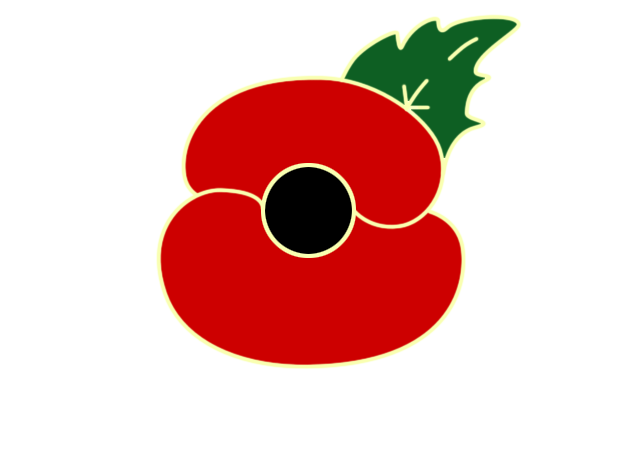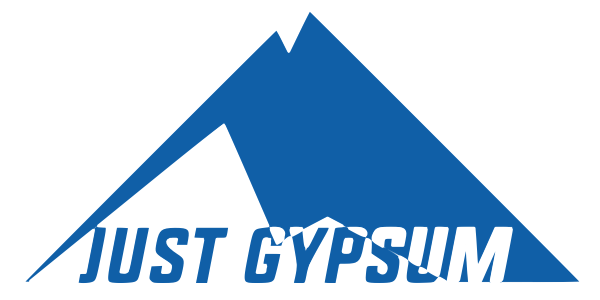Dry Lining
Firstly, carry out the survey to determine the quantity of materials to be used and decide upon the size and
thickness of the plasterboards. It is important not to over calculate or under calculate, allow 10 percent for cut-off waste.
The thickness we prefer is 12.5mm. Fix the boards ivory side out.
When fixing boards to joists, the boards should be set in a staggered pattern across the joists and not be allowed to overhang the joists at any point.
The boards should be finished to the middle of a joist so the next board can butt against this for fixing. The fixings should be powder coated screws or stainless steel screws. Screws are best, by way of a portable drill. The fixings across the board should be set between 150mm and 200mm or a stretched hand ‘finger to thumb’ rule.
Before you begin, you need to check the level and flatness of the joists. If the joists are up and down when you raise your featheredge across them, then you should pack out the joists so they are flat. You could pull a string line across the joists to determine how flat the joists are.
If the job is refurbishment, ensure there are no nails left in the joists from the previous ceiling, either lathed or boarded. Mark the wall with a pencil, or chalk where the centre of the joist ends, this will be invaluable for large ceilings. When fixing to walls, either with dot and dab or by fixing to timber stud work or metal furlings, it is a good idea not to let the board travel to the floor (unless specified). Keep the board off the floor by around 10mm. This will allow for movement and protect the wall against spillages and damp.


